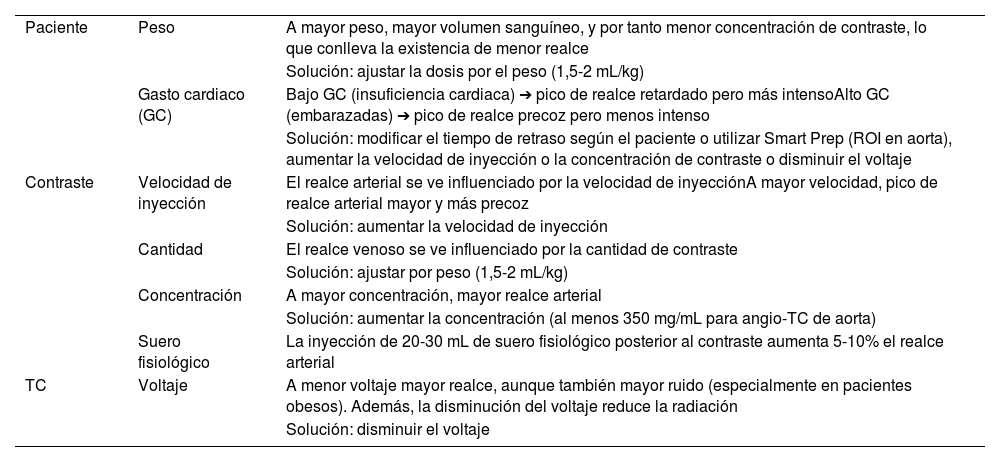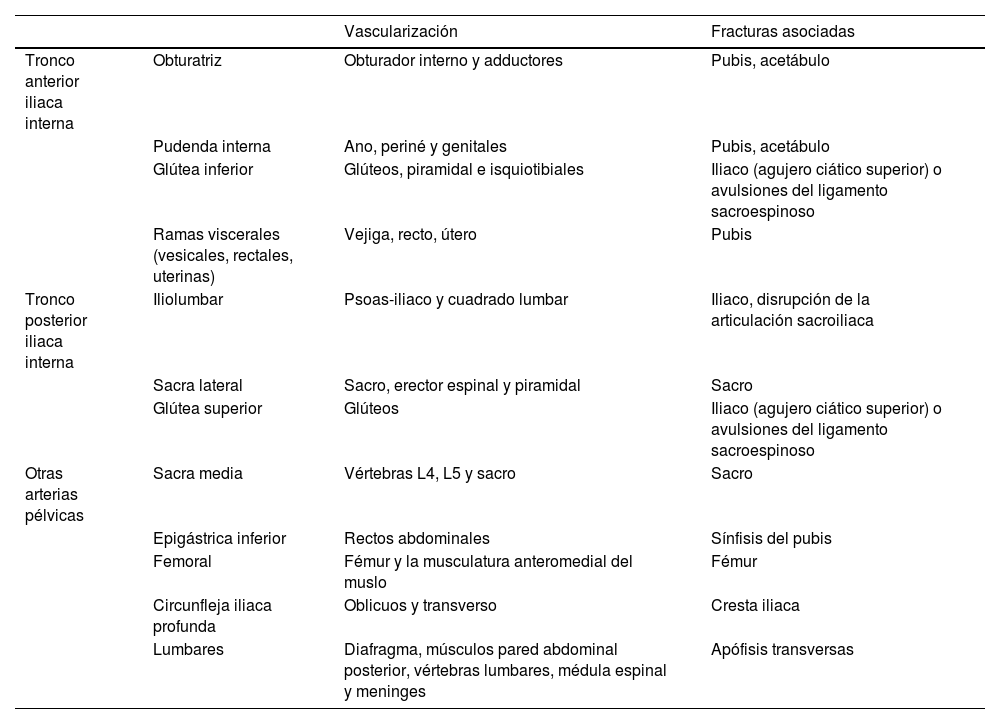En pacientes con traumatismos pélvicos cerrados, la inestabilidad hemodinámica derivada de las lesiones vasculares y el sangrado activo son la principal causa de morbilidad y mortalidad. Realizar un diagnóstico preciso del origen y características de la hemorragia, arterial o venosa-ósea, es fundamental para la toma de decisiones en el tratamiento.
Este artículo revisa la anatomía de la vascularización pélvica y muestra el protocolo de tomografía computarizada (TC) para el diagnóstico de lesiones vasculares. Además, expone un mapa de la vascularización pélvica que facilita determinar la arteria más probablemente responsable de la hemorragia de forma rápida para así poder orientar al radiólogo intervencionista en caso de necesidad de embolización. La embolización transarterial llevada a cabo de forma precoz es el procedimiento más efectivo para el manejo del sangrado arterial asociado con la fractura pélvica, habiendo demostrado su validez en el control del mismo y aumento de la supervivencia.
In patients with blunt pelvic trauma, haemodynamic instability resulting from vascular lesions and active bleeding is the main cause of morbidity and mortality. In order to make treatment decisions, an accurate diagnosis of the origin and characteristics of the bleeding is required, whether from arteries, veins or bony surfaces.
This article describes the anatomy of the pelvic vessels and the CT protocol for the diagnosis of vascular lesions. In addition, it presents a map of pelvic vascularisation that can help us quickly determine the artery most likely responsible for the bleeding in order to guide the interventional radiologist should embolisation be necessary. Early transarterial embolisation is the most effective intervention for managing arterial bleeding associated with pelvic fracture, and it has been proved useful in controlling bleeding and increasing survival.




















